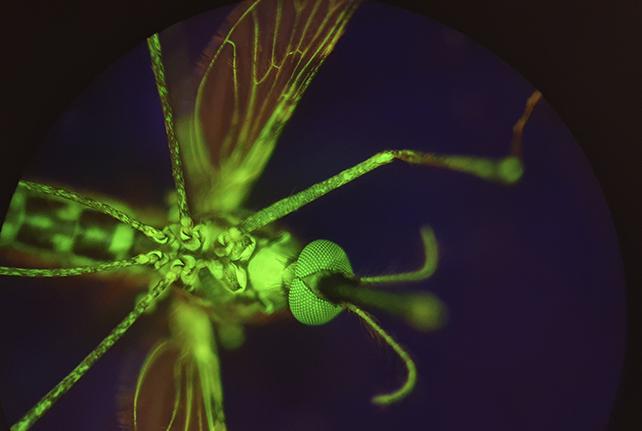| In Brief |
|
Researchers are exploring new avenues to combat malaria, a disease that continues to wreak havoc, resulting in over 500,000 annual deaths. Among these avenues, a study conducted by the Liverpool School of Tropical Medicine proposes an innovative use of the medication nitisinone. Traditionally used to treat rare hereditary diseases, this drug may prove fatal for mosquitoes that feed on human blood containing it. This approach could not only reduce mosquito populations but also diminish the spread of malaria, bringing new hope in the battle against this devastating disease.
A Known and Approved Medication
The nitisinone is not a newcomer to the pharmaceutical world. Used to treat certain rare hereditary disorders, it works by blocking the production of a specific protein, thereby reducing toxic byproducts of the disease in the human body. What’s innovative is its potential use as an insecticide against mosquitoes. In one study, mosquitoes fed with blood from individuals treated with nitisinone died in less than 12 hours. This demonstrates the potential effectiveness of the drug at low doses in human blood. The ability of nitisinone to quickly kill mosquitoes could be a major asset in malaria control programs.
A Promising But Unassessed Approach
While promising, the use of nitisinone as an insecticide requires thorough evaluation. The excitement generated by these results must be tempered with considerations of potential impacts on the ecosystem and the possibility of insect resistance. Prior research indicates that nitisinone does not affect essential pollinator insects, but its broader ecological impacts remain largely unknown. It is crucial to ensure that this solution does not cause more harm than good. Researchers are also focusing on mathematical models to understand the impact of different doses on simulated human populations, aiming to better anticipate large-scale effects.
Comparison with Other Antiparasitic Treatments
Nitisinone has been compared to ivermectin, another antiparasitic medication used to kill mosquitoes. Although ivermectin kills mosquitoes at lower concentrations, nitisinone acts more quickly and remains in the blood longer, increasing the likelihood of contact with mosquitoes. Additionally, unlike ivermectin, which targets the nervous system, nitisinone is less neurotoxic. This feature makes it potentially safer for large-scale use. Researchers emphasize that the longer half-life of nitisinone in human blood is a significant advantage for its field viability.
Hope in the Fight Against Malaria
As efforts to eradicate malaria stagnate due to growing populations and increased drug resistance, nitisinone brings new hope. It could complement other measures to combat the spread of malaria while minimizing risks to humans and wildlife. This innovative approach could play a crucial role in future malaria control strategies. The research, published in Science Translational Medicine, highlights the potential of nitisinone as a complementary tool for controlling insect-borne diseases.
In conclusion, the use of nitisinone to make human blood toxic to mosquitoes opens new perspectives in the fight against malaria. However, further research is needed to assess ecological impacts and prevent insect resistance. The question remains: how to safely and effectively integrate this solution into existing public health programs?








